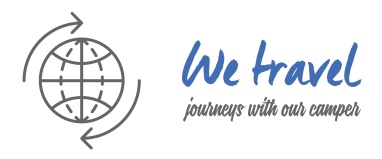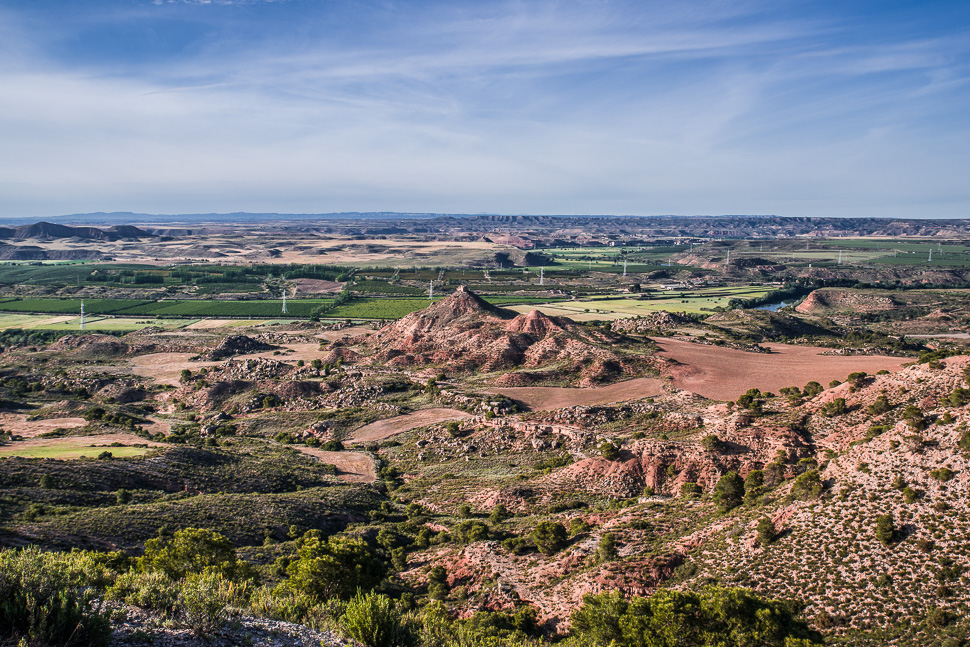
In Zaragoza we had crossed the Ebro and after our visit to Belitche we had returned to the river and decided to follow it to its delta at the Mediterranean coast.
The Ebro rises in Cantabria and flows 930 kilometres to the East. In the Iberian peninsula, it ranks second in length after the Tagus (Tajo), and second in discharge volume and drainage basin after the Douro. But it is the longest river entirely within Spain as Tagus and Douro flow into Portugal.
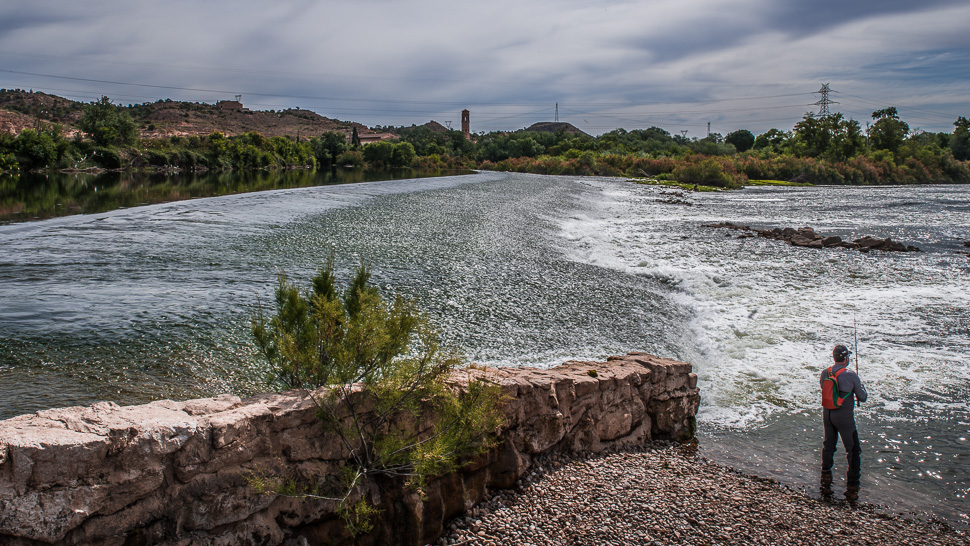
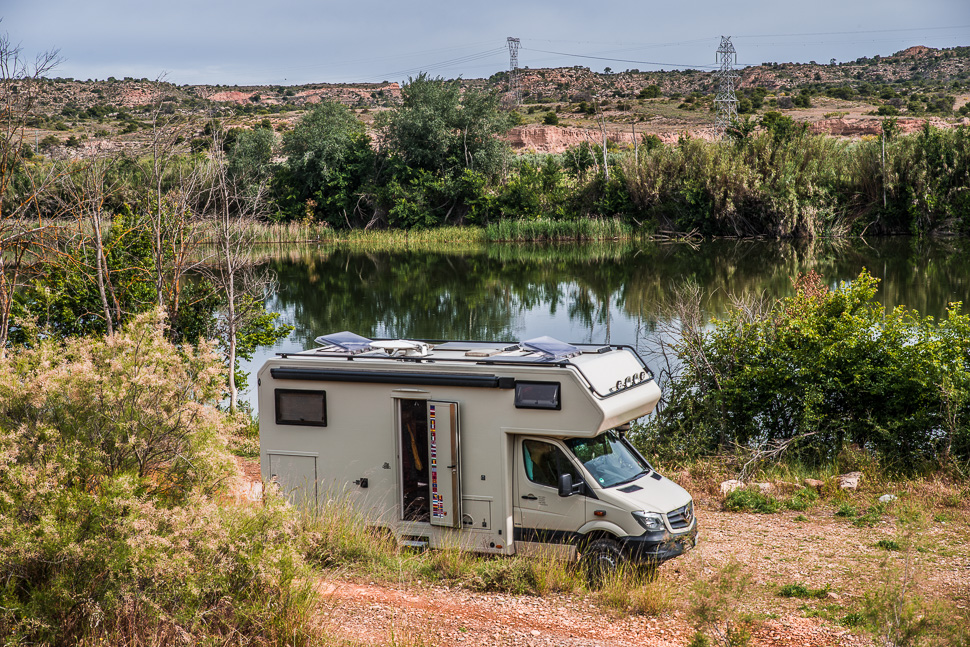
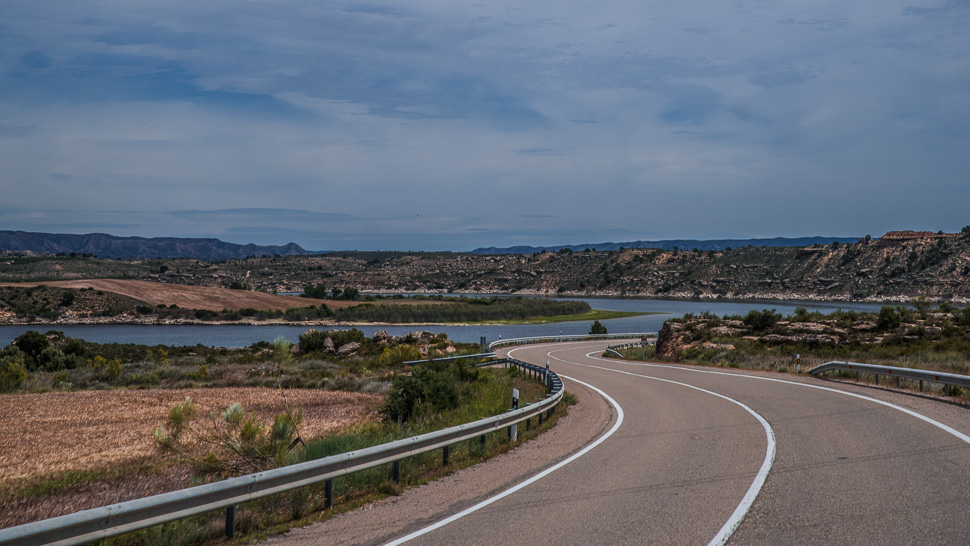
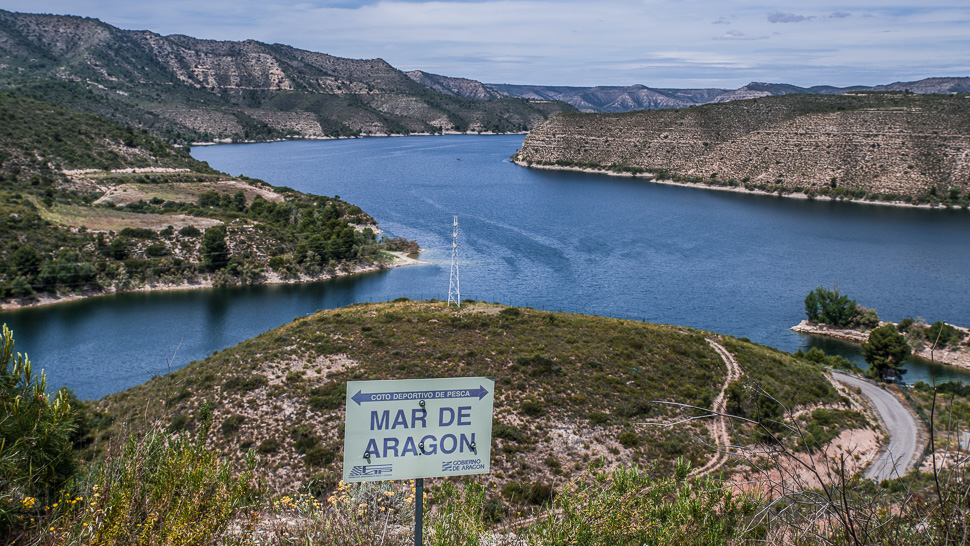
Opened in 1966, the Embalse de Mequinenza (also called Mar de Aragón) reservoir is the largest reservoir in the Spanish region of Aragon. The reservoir is rich in fish with stocks of carp and bleak and some predatory fish such as the European catfish.

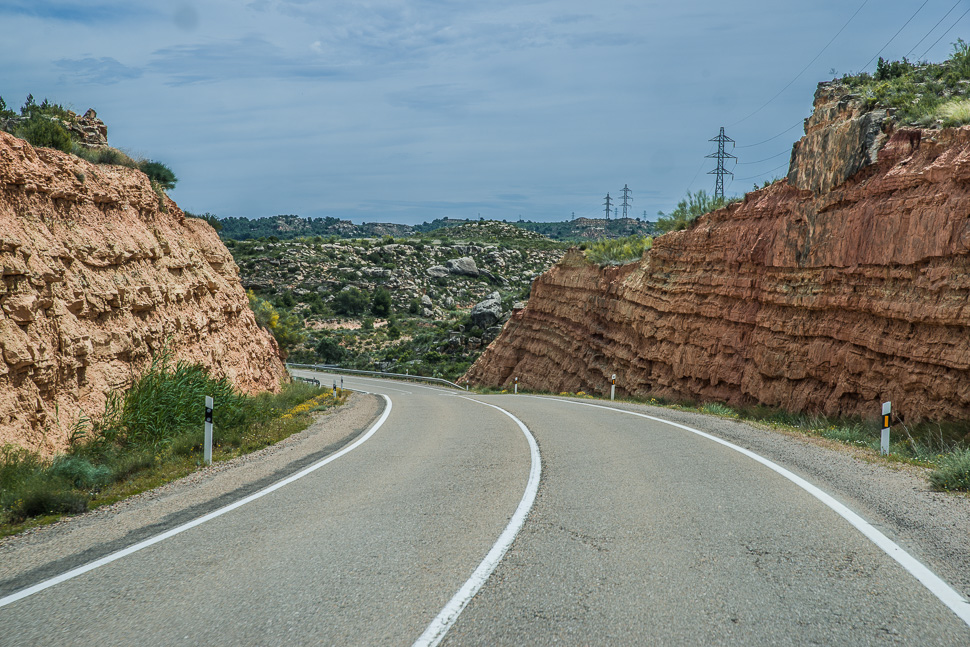
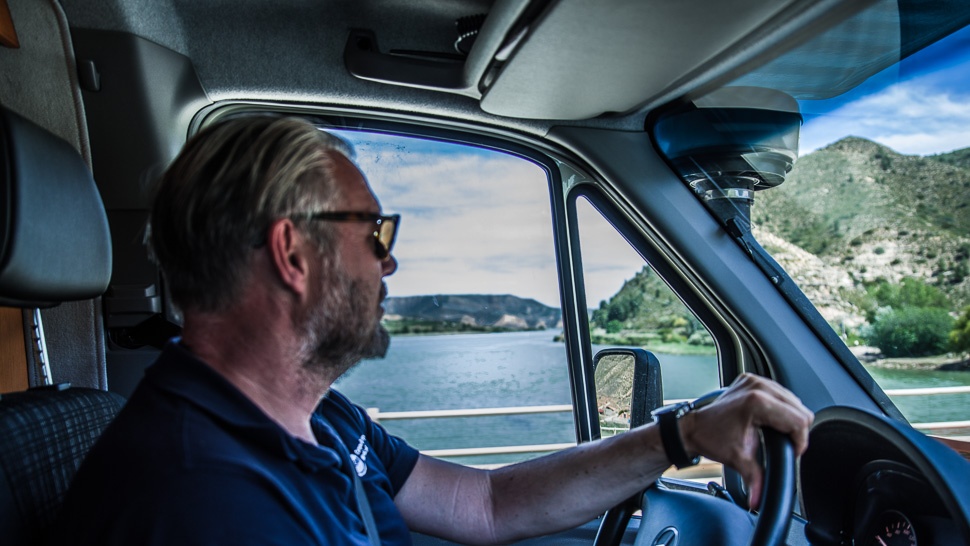
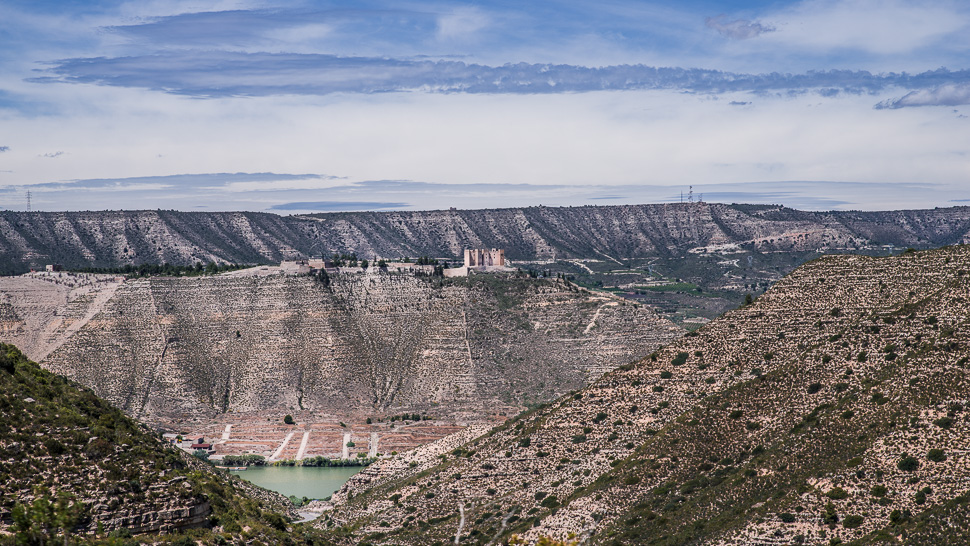
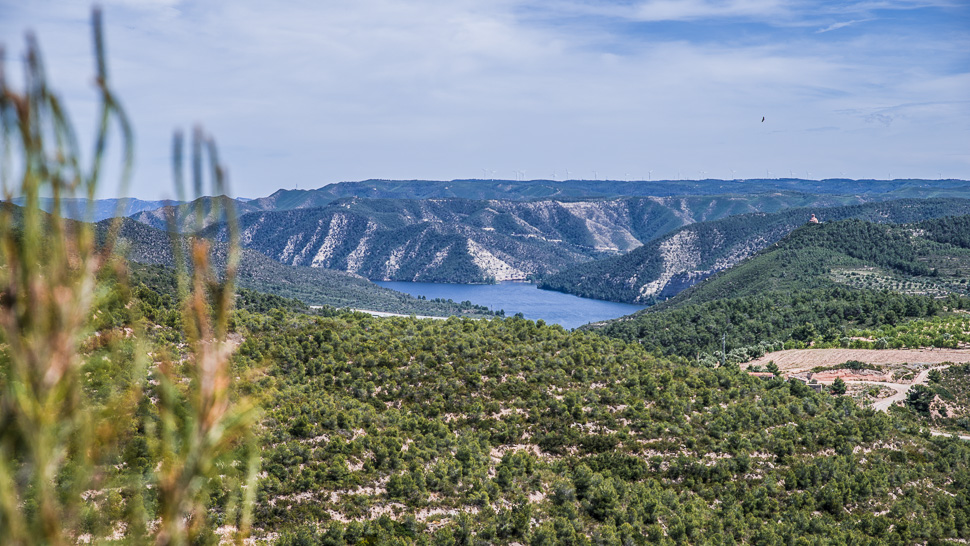
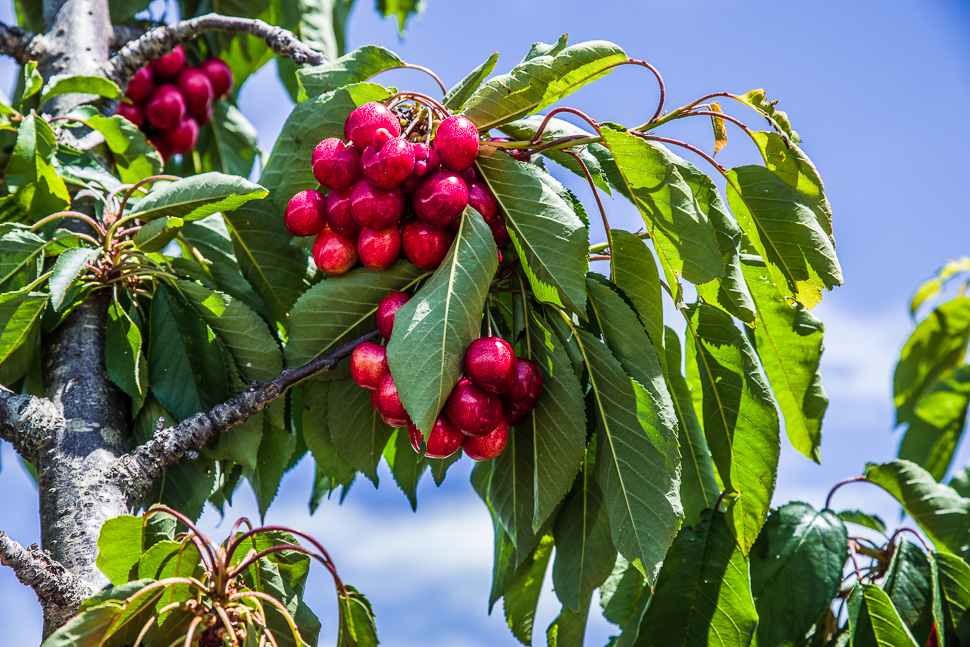
Along the Ebro, we noticed a lot of different crops, from cereals to olives and almonds, but also peaches and cherries, which were nearly ready to pick and looked delicious.
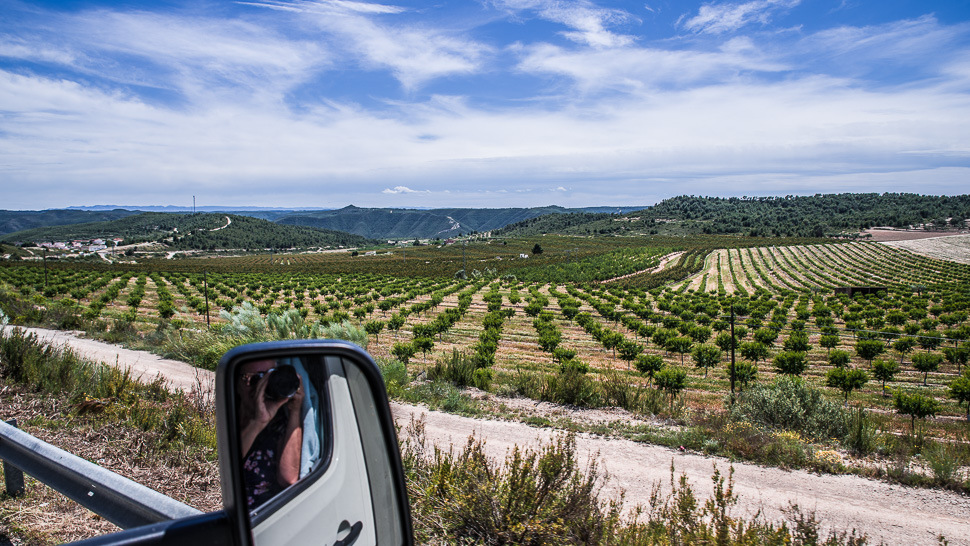
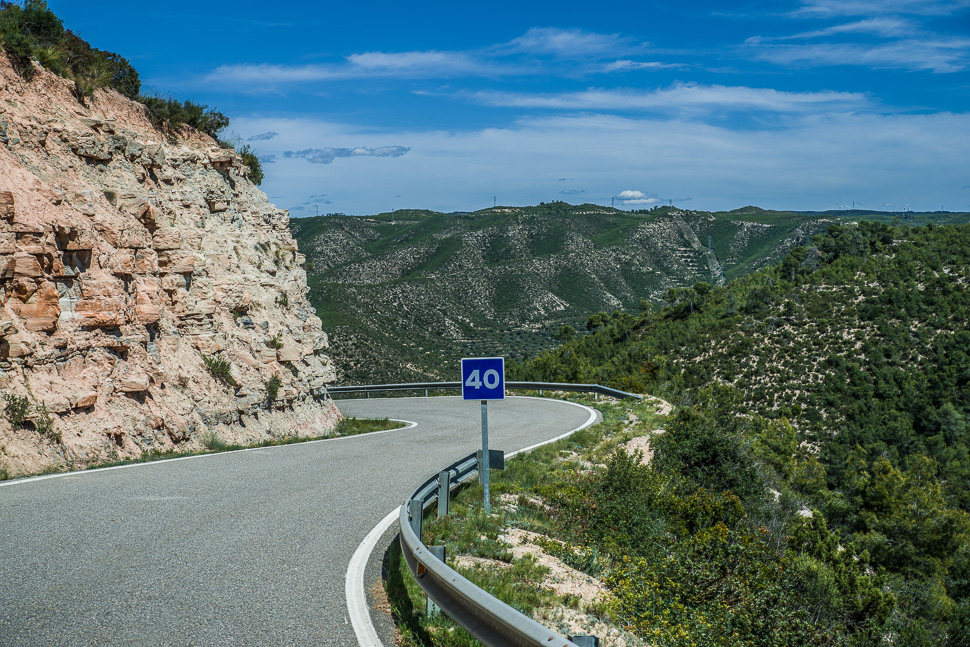
At the beginning the river traverses a more or less flat plain, but before it reaches Catalunya, mountains force the river into a a valley and our road started to wind up and down through a mostly uninhabited landscape.
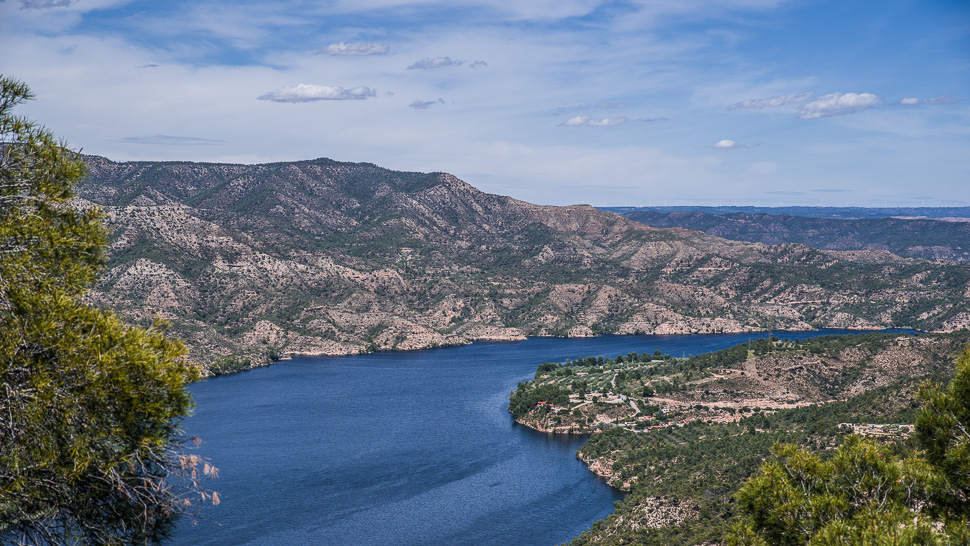
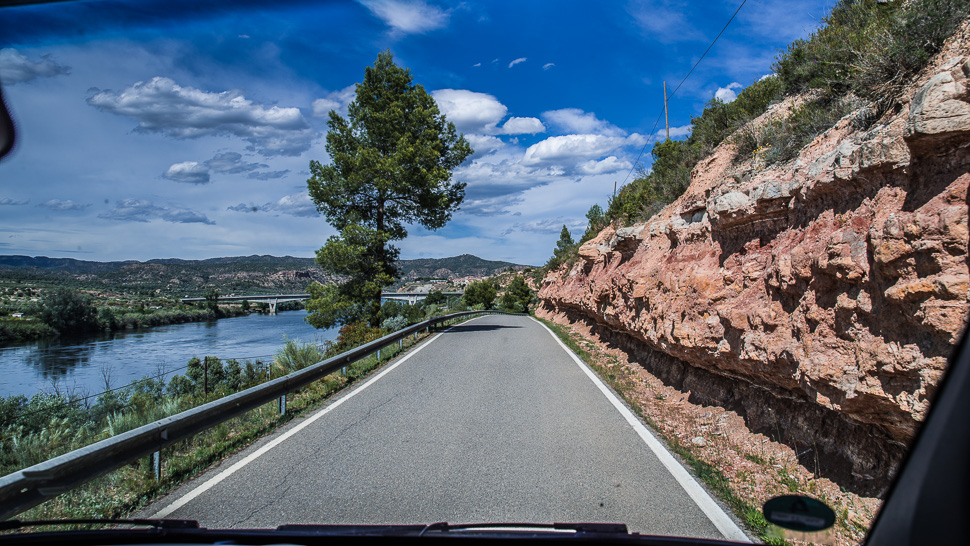
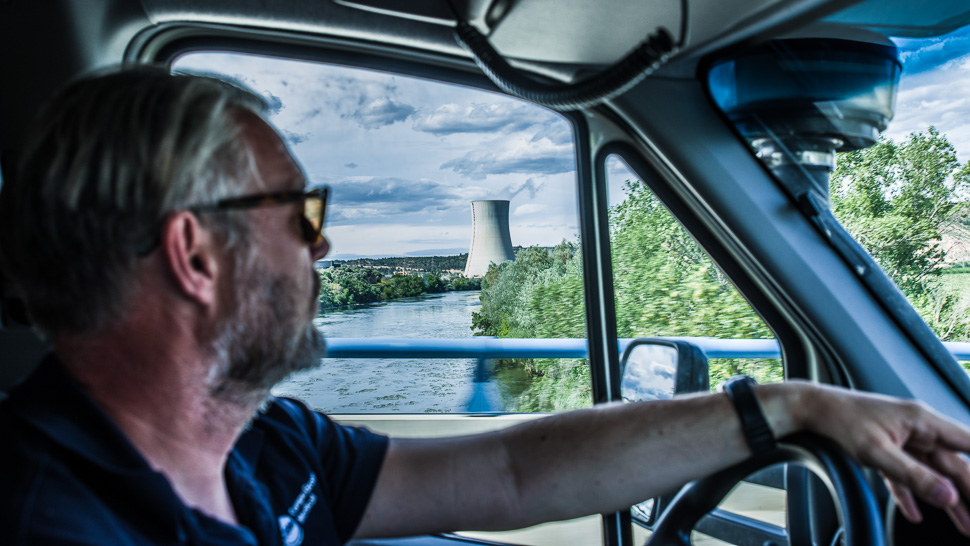
Between Zaragoza and the coast, there is only one city along the river, which is Tortosa, not far from the Ebro delta. Once a strategic roman town it was later under Muslim rule for 400 years before the city was conquered by Count Ramon Berenguer IV of Barcelona in 1148, as part of the Second Crusade. Because of the crusading appeal made by Pope Eugene III, the siege received the aid of crusaders from multiple nationalities (Genovese, Anglo-Normans, Normans, Occitans, Germans, Flemish and Dutch), who were on their way to the Holy Land.
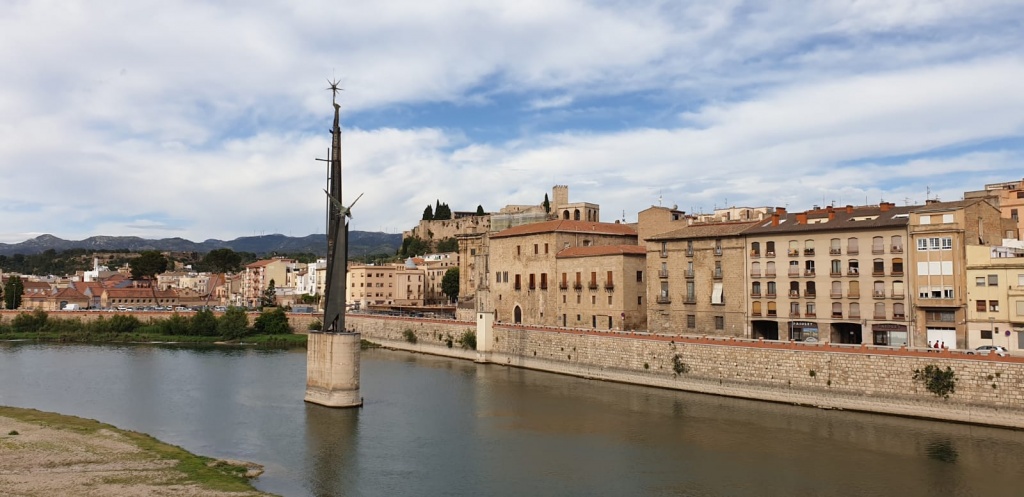
In the area around Tortosa, the Ebro Battle raged from July to November 1938, one of the bloodiest clashes of the civil war, in which 70,000 people lost their lives and which ultimately turned the tide in favor of Franco. The memorial in the Ebro is a reminder of this event.
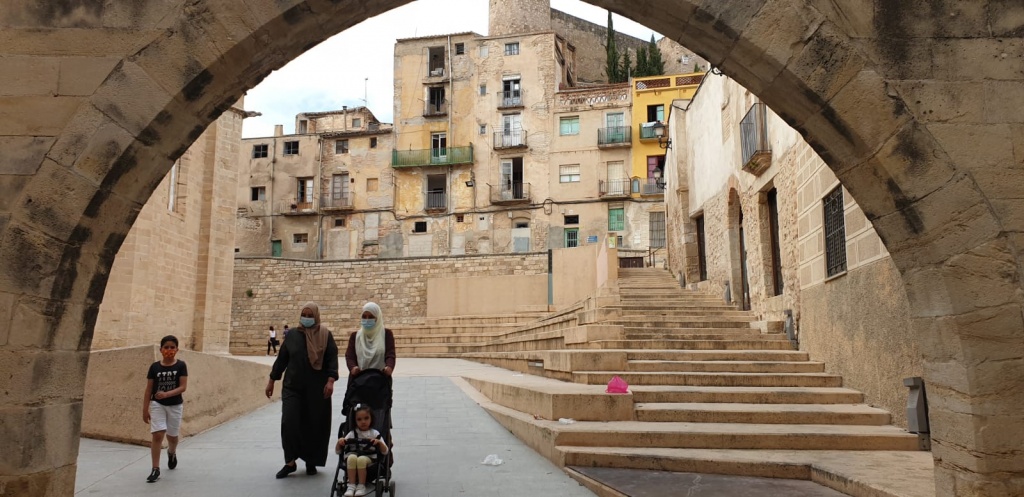
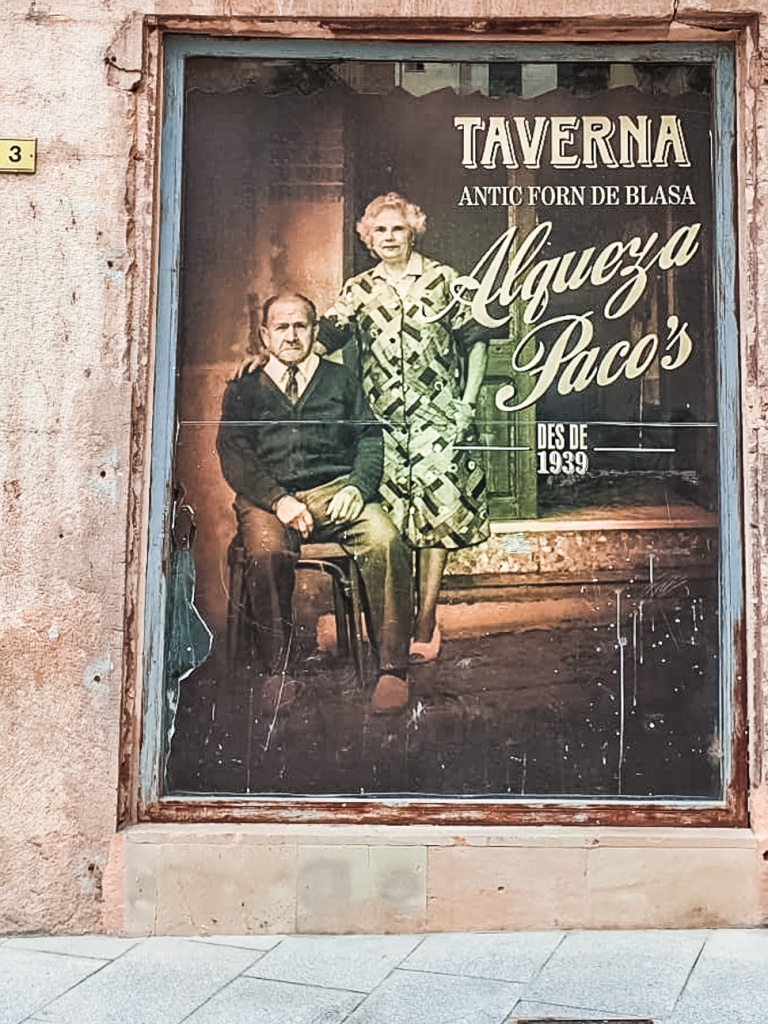

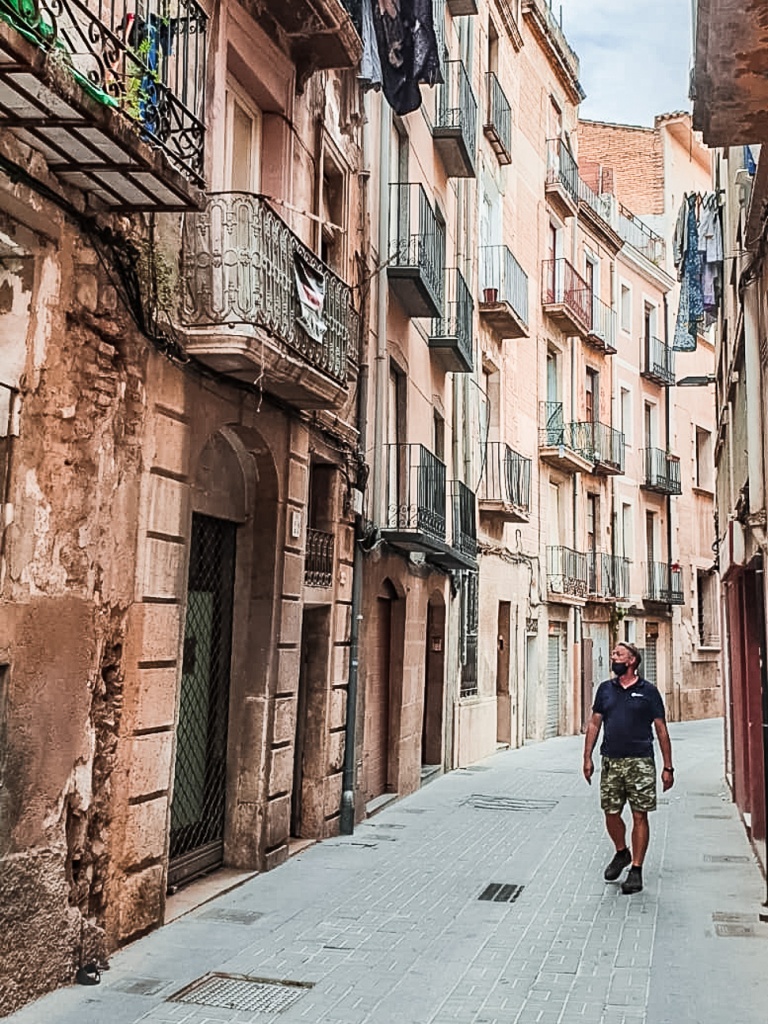


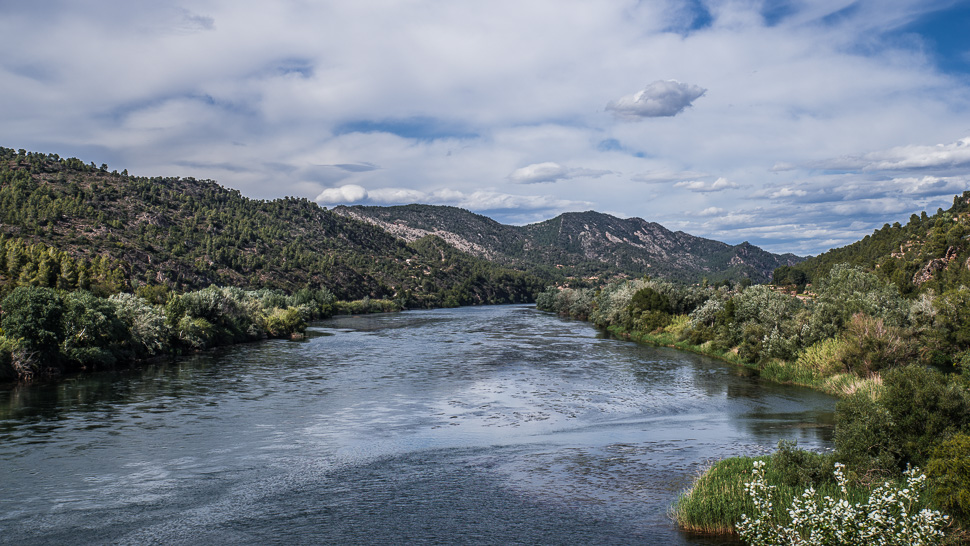
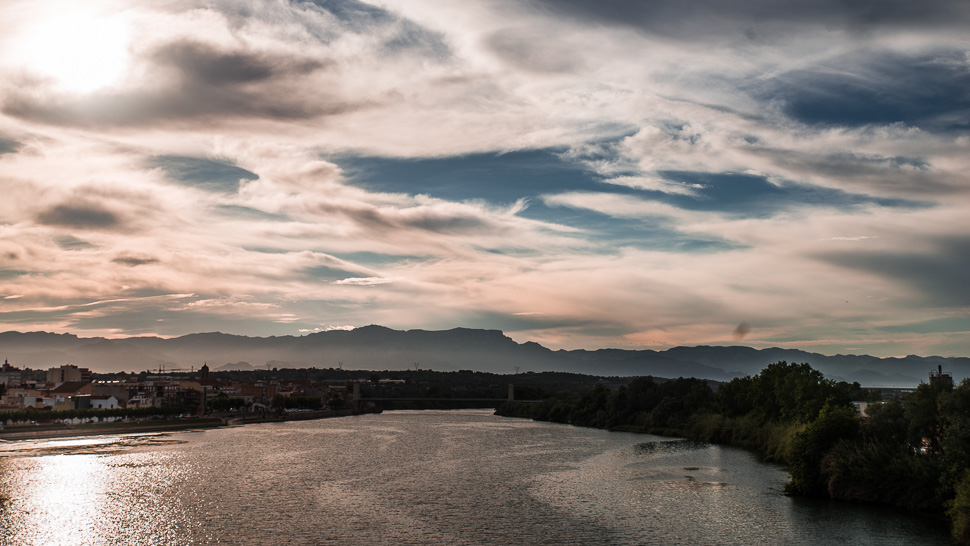
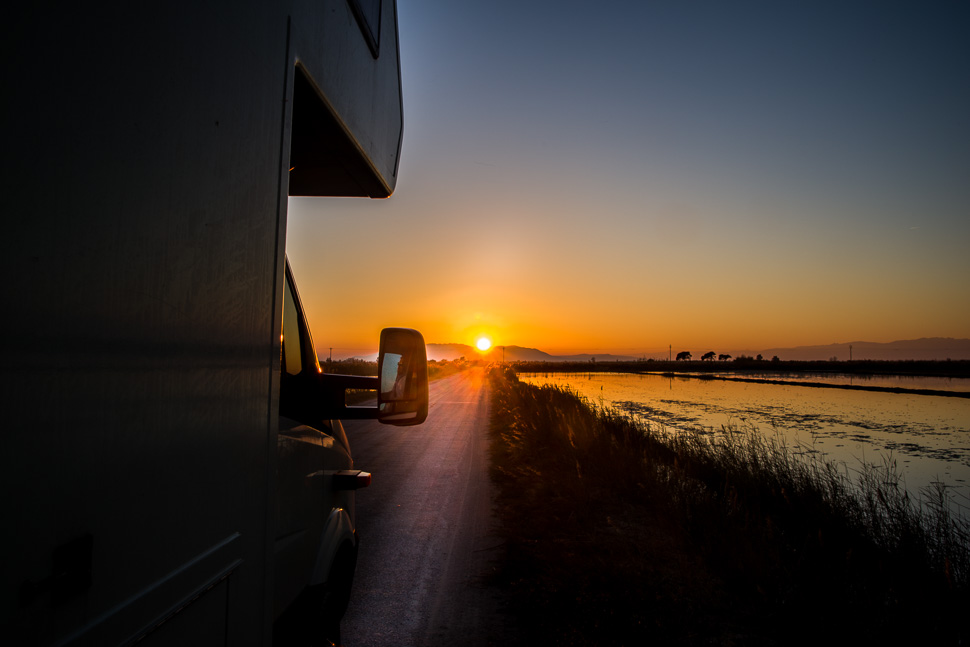
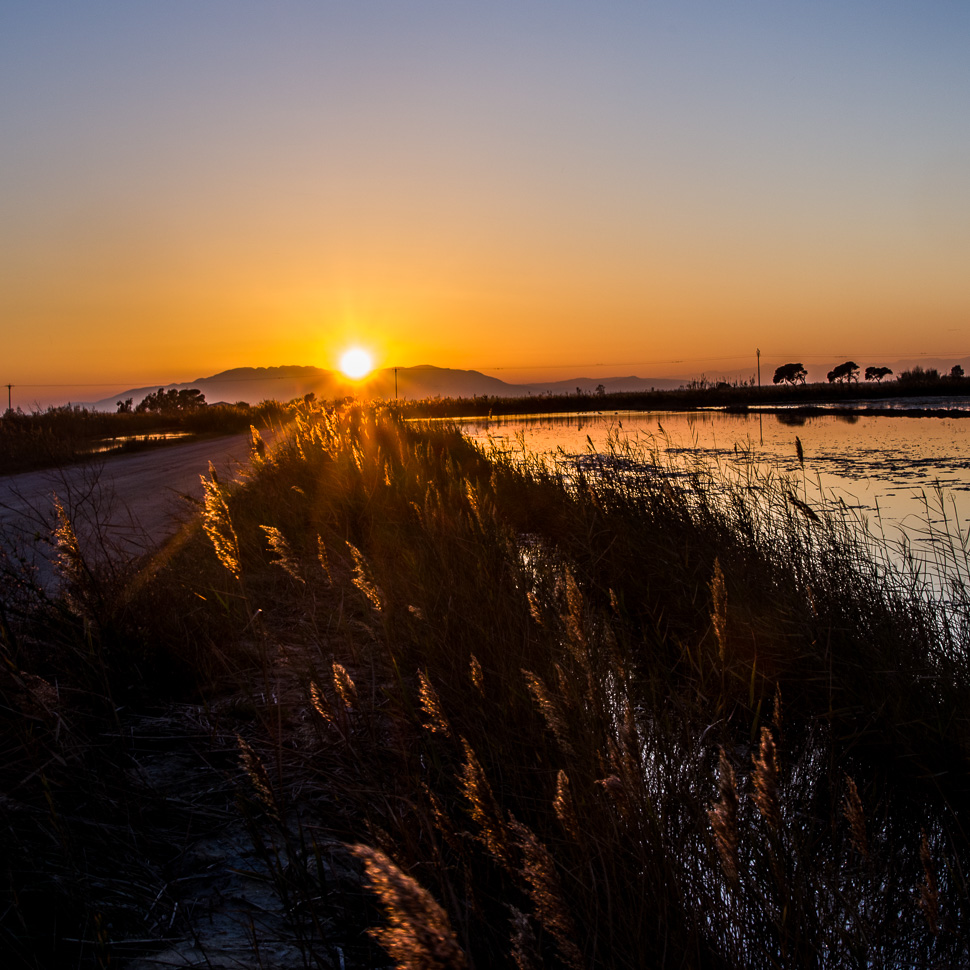
We are now on the way to Javea, our home town for 8 years. Our next post follows soon!
